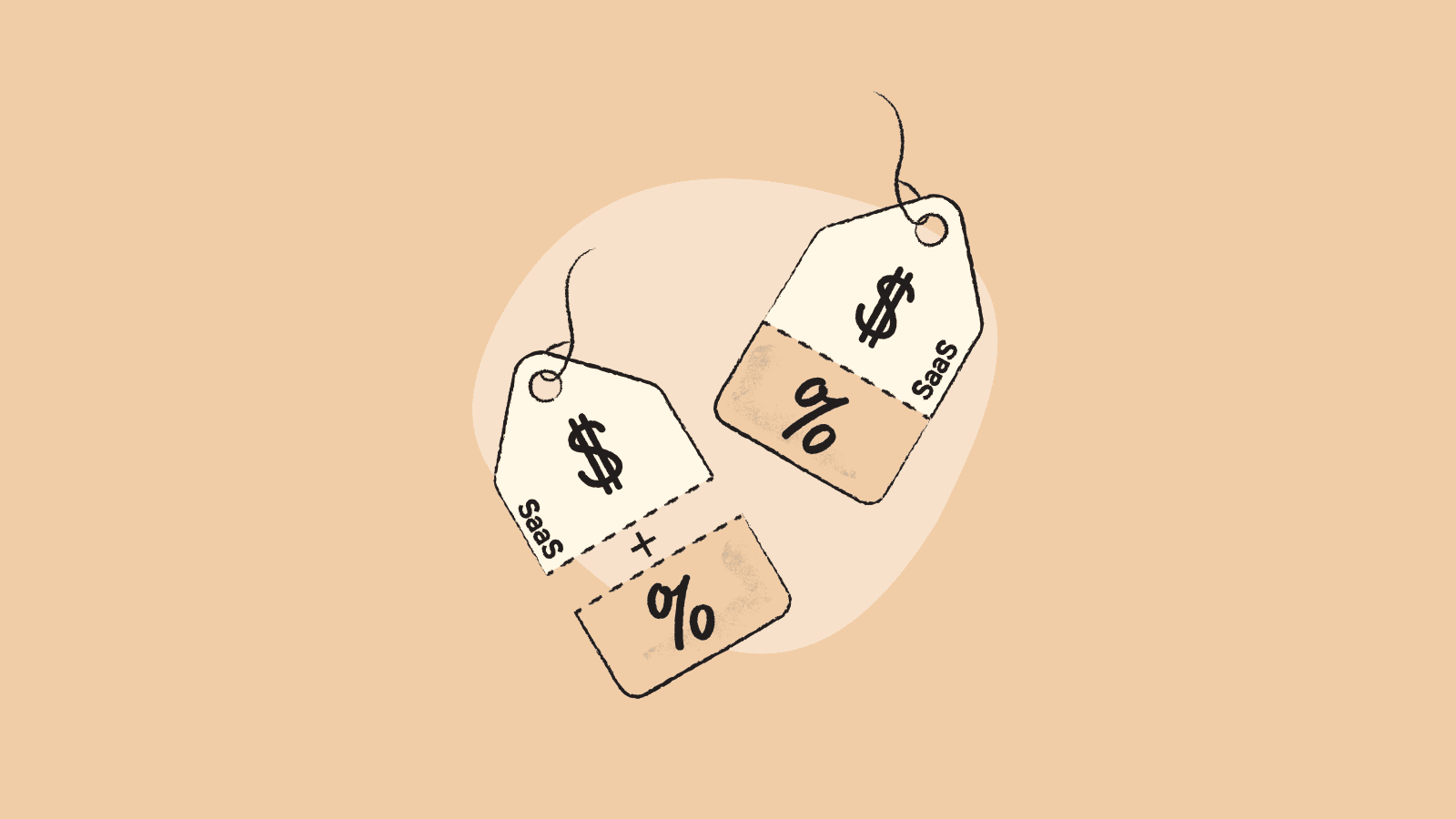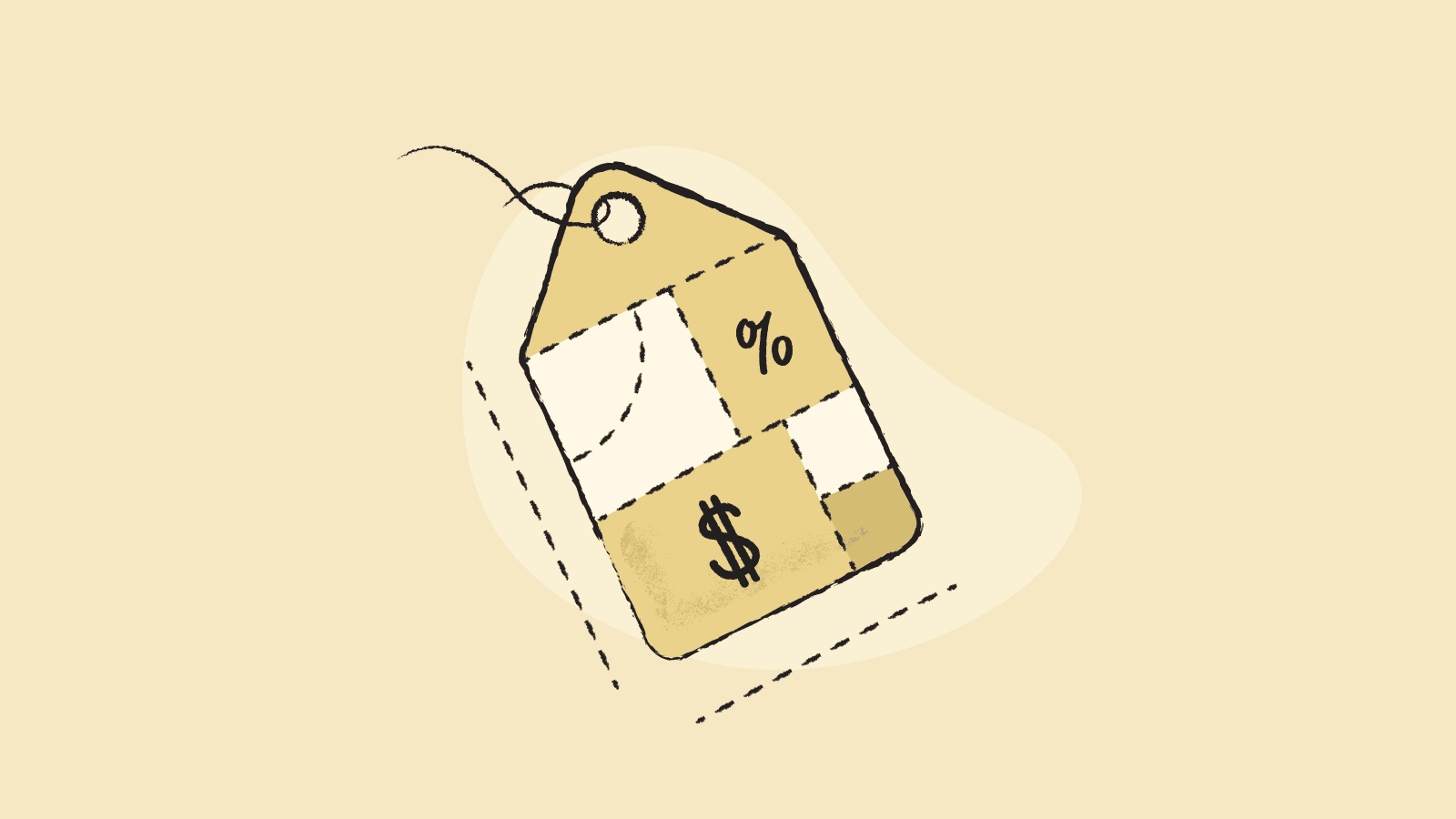You're here:
Should you include taxes in your SaaS pricing? Pros & Cons

Why sales tax matters for SaaS pricing
How much should you price your product? It’s one of the most important things you decide when creating and launching your business. And for SaaS companies, the question is a tough one to answer.
This is due to the fact that SaaS products are sold internationally across national borders. And each of the nations in which these products are sold have their own sales, VAT, and / or GST tax codes. For clarity’s sake, in this post we’ll refer to all three of these taxes (VAT, GST, and sales tax) as “sales tax.”
So, a SaaS company has to charge its consumers the correct amount of sales tax in each region it sells its product, but how? How can you remain tax compliant if one place doesn’t charge any sales tax at all, and another place charges a sales tax of 20 percent?
Some SaaS companies have decided to charge the highest sales tax rate possible and include it in the price of their product. Other companies use a mosaic approach and take an average tax rate and include it in the price of their products. And some don’t include any sales tax at all, instead applying the additional fee at checkout, depending on the area.
Sales tax isn’t just a compliance issue, it plays a key role in how your pricing is perceived by customers. Whether you include tax in your listed price or add it at checkout can affect buyer trust, purchasing decisions, and overall sales performance. For SaaS companies selling globally, a thoughtful approach to sales tax can improve transparency, enhance the customer experience, and even support SEO by aligning pricing with what users expect to see.
To help you decide what’s best for your company, we’ve outlined potential benefits and drawbacks below.
Pricing SaaS products with taxes included
The bottom line is that the customer always has to pay sales tax if the region in which they live charges a tax on the sales of digital services. So, it’s up to you as the business owner or operator whether or not you want to display sales tax in the up front price, or save it until a customer checks out.
When you include sales taxes in the price of your product, the benefit is that there’s no surprise at the end of the purchase. The customer knows exactly what he or she is going to pay for your SaaS product because you’ve already priced in the possible taxes. You can do this one of two ways.
Maximum sales tax approach
The first, and easiest, way to include sales taxes in the price of your SaaS product and still remain VAT and GST compliant is to charge the maximum sales tax possible for all products sold.
This means that the initial price all customers see is the price of your product plus the tax rate of the highest sales tax of the place in which your product can be purchased. So, if you sell your SaaS product as a US $10 subscription service, and the highest tax rate your business encounters is 20 percent, then your overall price would be US $12.00. This is found derived as: (US $10.00) + (US $10.00 x 20% tax rate).
Pros:
- Easiest method to implement and maintain compliance.
- Guarantees coverage of all potential tax liabilities.
- Simplifies invoicing and reporting, especially for cross-border sales.
Cons:
- Customers in lower or no-tax regions may feel overcharged.
- May make your pricing seem less competitive compared to other SaaS offerings.
Can reduce conversion rates due to inflated price perception.
Average sales tax approach
The other way you can include sales taxes in the price of your SaaS product is to calculate an average sales tax rate based on the different rates in the countries where you sell, and adding that average to your price.. For example, if your SaaS product is a US $10.00 subscription and is sold in three countries, you can take the sales, VAT, or GST taxes from each and average them together.
So, if one country had a sales tax rate of 10 percent, one had a rate of 15 percent, and one had a rate of 20 percent, you could charge a sales tax rate of 15 percent and include it in the price of every product sold. This rate is derived as: [(1.10) + (1.15) + (1.20)] / 3
Pros:
- Offers a more balanced price point that may appear fairer across regions.
- Can be more competitive than the maximum tax model, especially in low-tax countries.
- Helps reduce the risk of pricing out customers due to tax-inflated pricing.
Cons:
- You may undercharge customers in higher-tax jurisdictions, reducing your profit margin.
- Lacks transparency for business customers with tax-exempt status or VAT IDs.
- May still require region-specific adjustments to remain fully compliant in certain cases.
Both approaches offer different advantages depending on your business goals, tax exposure, and customer base. Choosing between them depends on whether you prioritize simplicity and risk-avoidance or flexibility and regional pricing fairness.
Find out more on Sales Taxes for SaaS Products in the US and stay ahead of the curve.
Pricing SaaS products with taxes excluded
Alternatively, it’s possible to exclude all sales taxes when pricing your SaaS product. If this is the case, you’ll need to apply the correct taxes at checkout when a customer introduces their personal data. This way, you’ll know exactly where they’re purchasing from and can apply the correct sales tax rate.
So, if a customer was purchasing your US $10.00 SaaS subscription, the price would be listed as US $10.00 regardless of where they were purchasing from. Then, when they reach the checkout page, their data is transferred and the necessary sales taxes are applied to the final price.
If, for example, a person is purchasing from a country with a 20 percent sales tax, the initial price would be US $10.00. Upon checkout, however, the price would increase to US $12.00.
Pros & cons of excluding taxes from pricing
Pros:
- Ensures accurate tax calculation based on customer location.
- Reduces the risk of undercharging or overcharging.
- Helpful for businesses dealing with tax-exempt customers or VAT-registered clients.
Cons:
- Can lead to sticker shock at checkout, reducing conversions.
- Creates inconsistent pricing across regions, which can hurt user trust.
- May complicate your marketing efforts if the advertised price doesn’t reflect the final cost.
Which pricing model is right for your SaaS business?
Choosing the right pricing model for your SaaS product isn't just about setting a number, it's about understanding your market, your customers, and your compliance responsibilities. Each tax strategy has its strengths and trade-offs, and the best option depends on your business goals, your target audience, and the regions where you operate.
If simplicity and compliance are top priorities, the Maximum Sales Tax Approach may work best. It ensures you’re covered in all jurisdictions, though it can result in higher prices that may deter price-sensitive customers.
For businesses focused on competitive pricing and appealing to a global customer base, the Average Sales Tax Approach offers a more balanced pricing model. However, it may lead to undercharging in some regions and lacks transparency for tax-exempt buyers.
Meanwhile, the Excluding Taxes Approach is ideal for companies that want to display the lowest upfront price and apply taxes dynamically at checkout. This method ensures precise tax application but risks surprising users with unexpected fees, which can affect conversion rates.
Ultimately, your pricing model should align with your customers’ expectations and your operational capacity. Consider where your users are located, whether you sell to businesses or consumers, and how price-sensitive your market is. By weighing the pros and cons of each method, you can choose a strategy that maximizes revenue, maintains compliance, and delivers a smooth customer experience.
Quaderno Solves the Problem
With Quaderno, you can create custom and automatic invoices that apply the correct sales taxes in real time to your product price. This occurs during the checkout process before your customer enters his or her payment data.
Using our tool, a person in the U.S. would see a product price of US $10.00, while a person in France with no VAT number would see a product price of US $12.00, which automatically includes a 20 percent sales tax rate.
All of this happens in real-time so your customer sees the correct price every time. There are no surprises, and you always charge the correct amount.
Note: At Quaderno we love providing helpful information and best practices about taxes, but we are not certified tax advisors. For further help, or if you are ever in doubt, please consult a professional tax advisor or the tax authorities.


